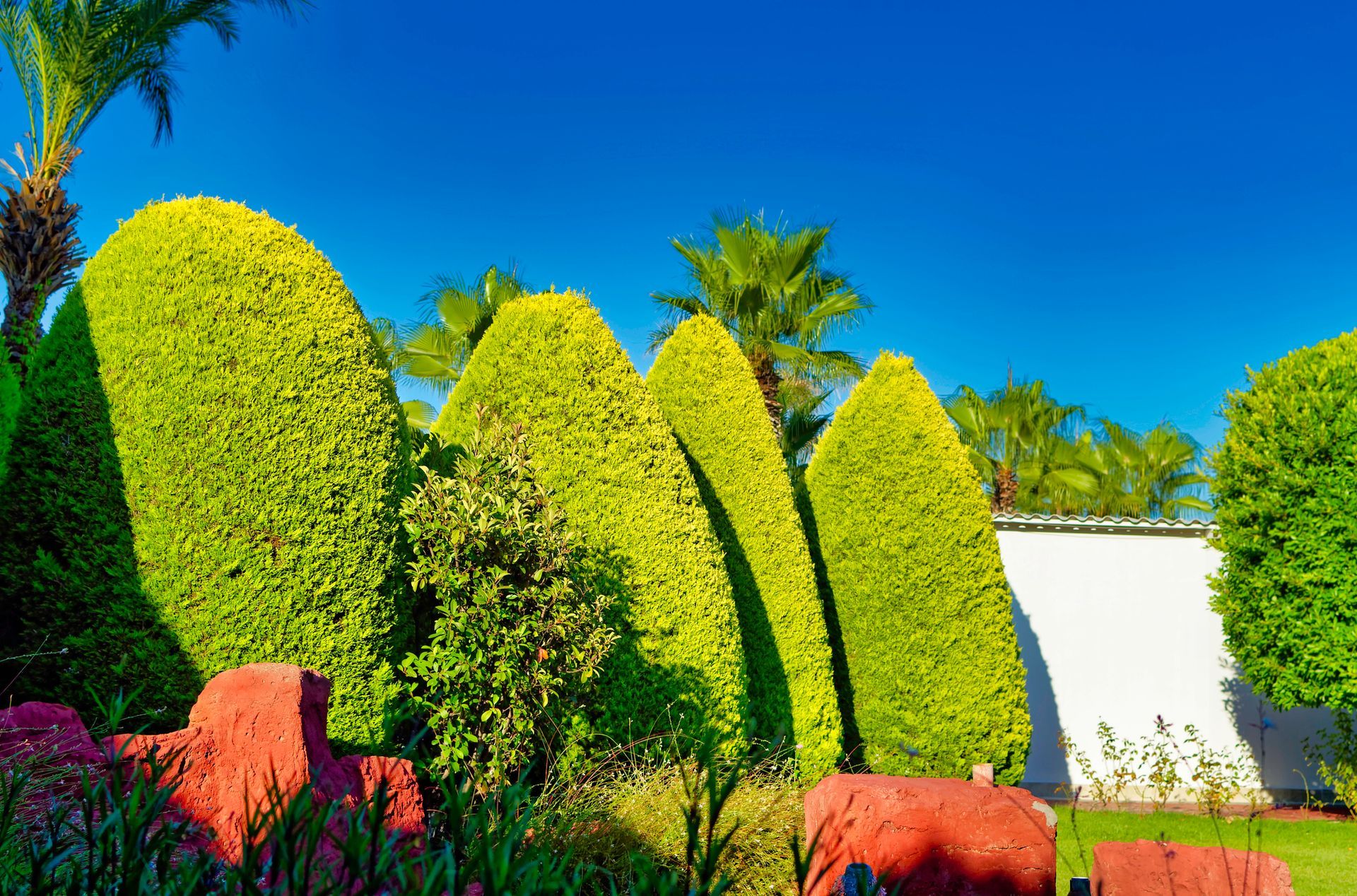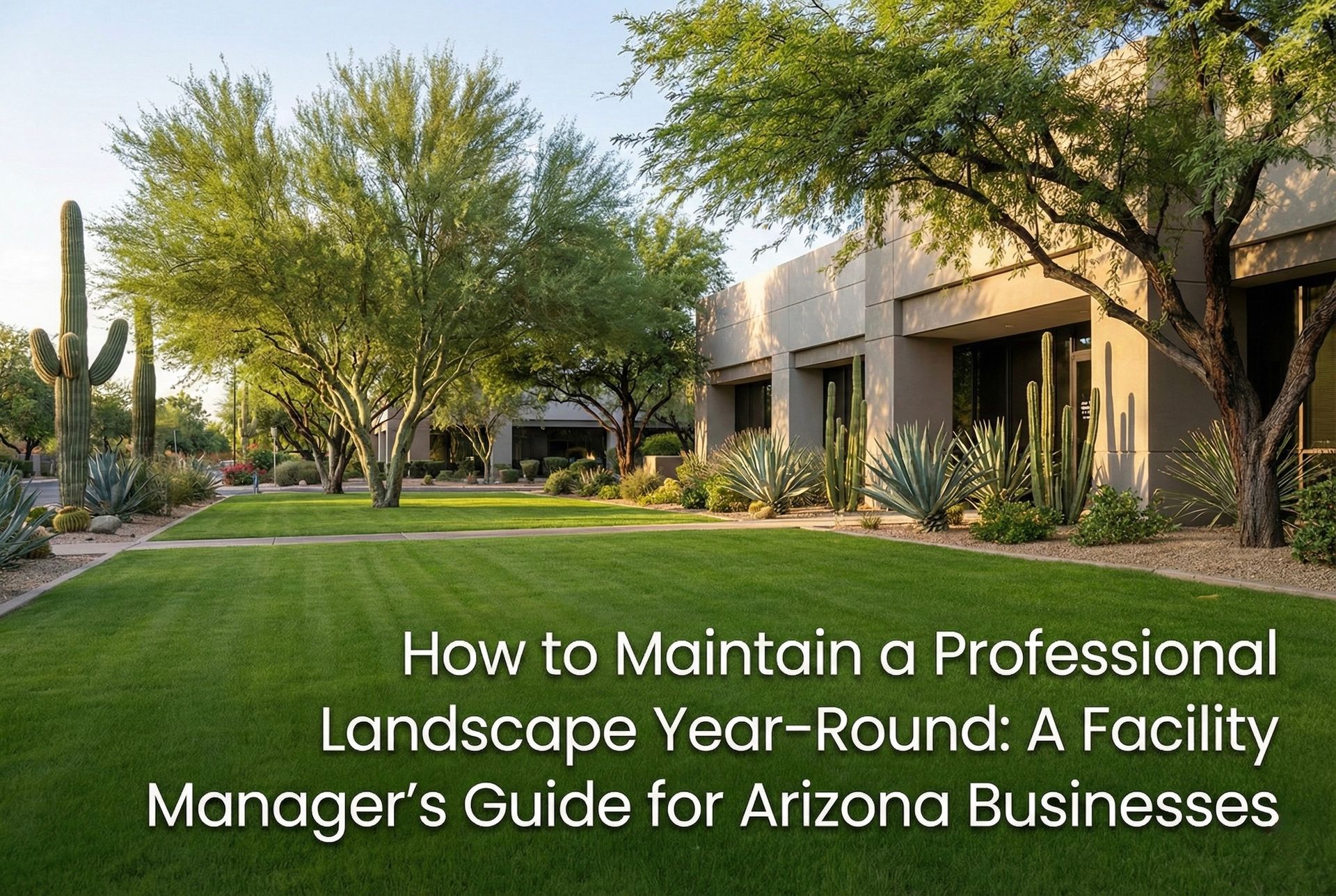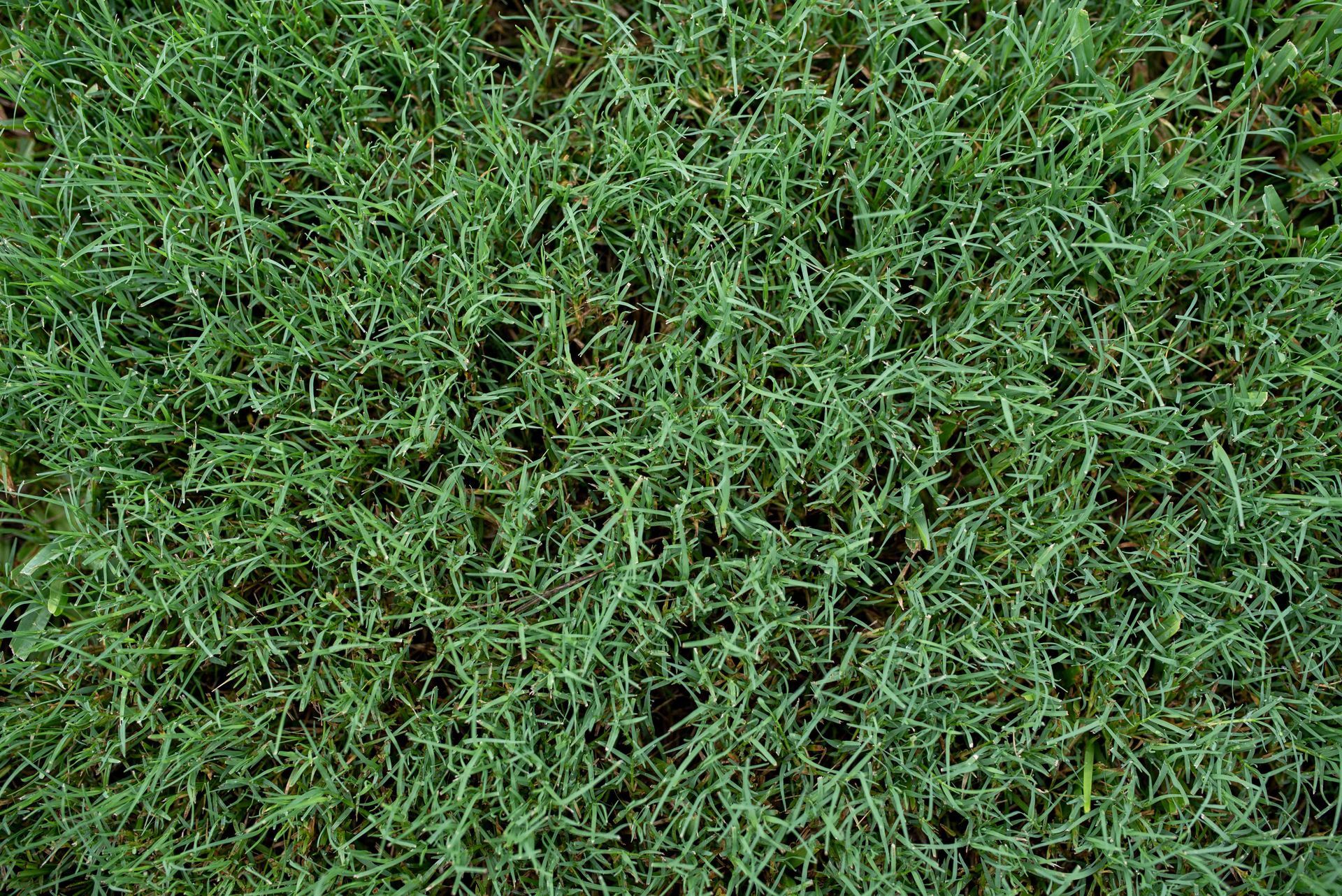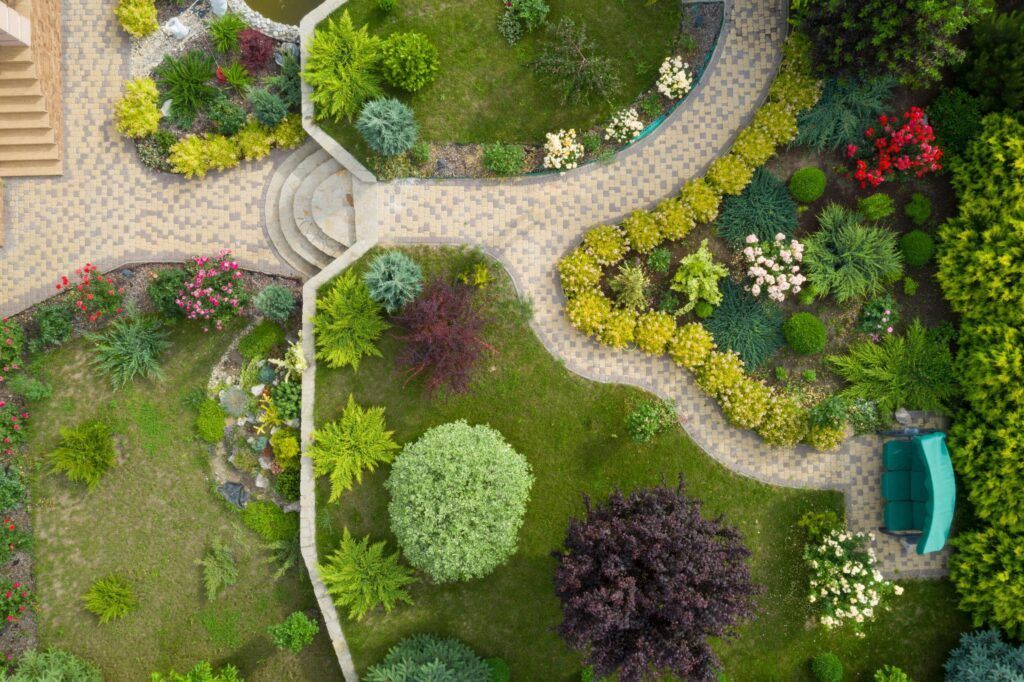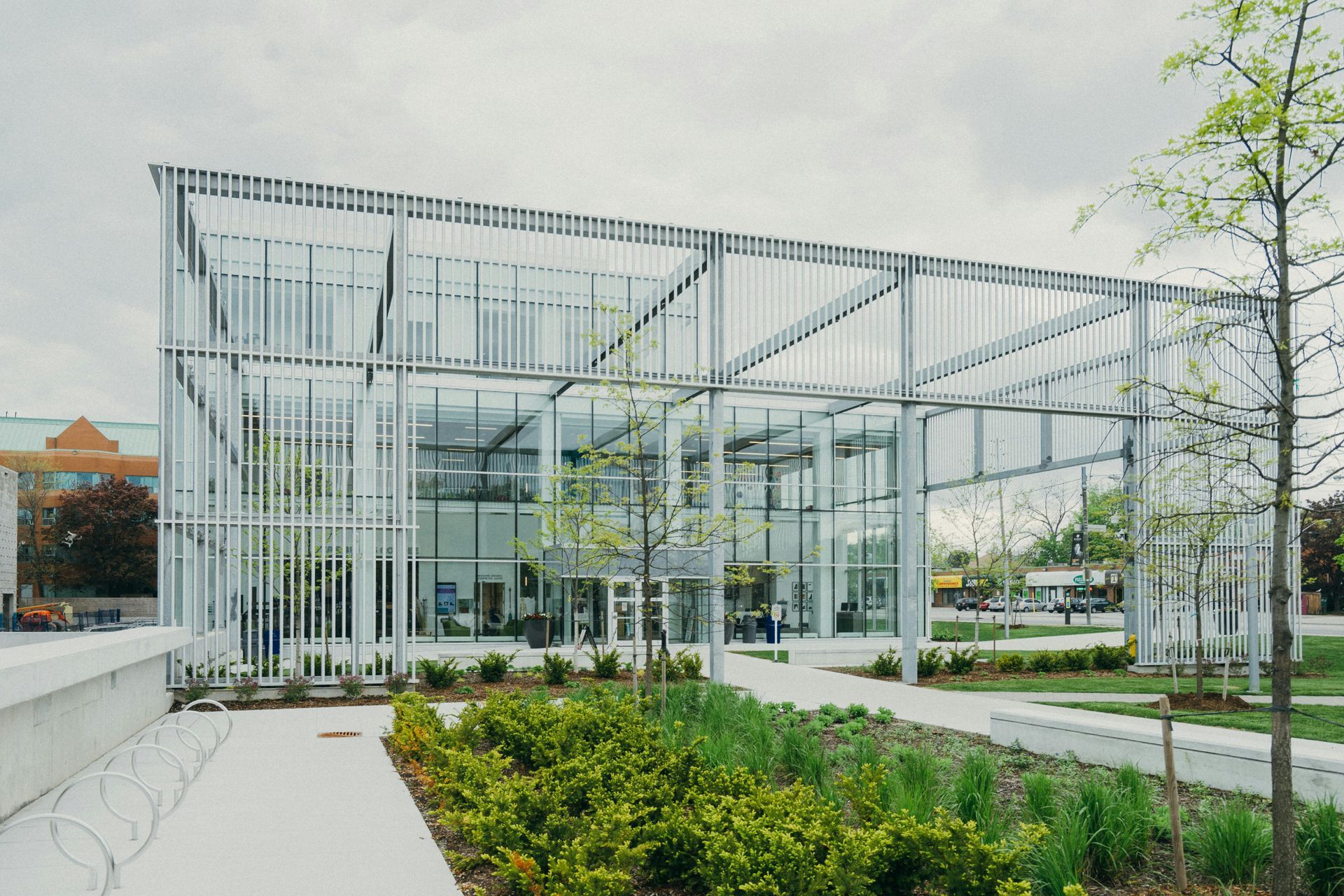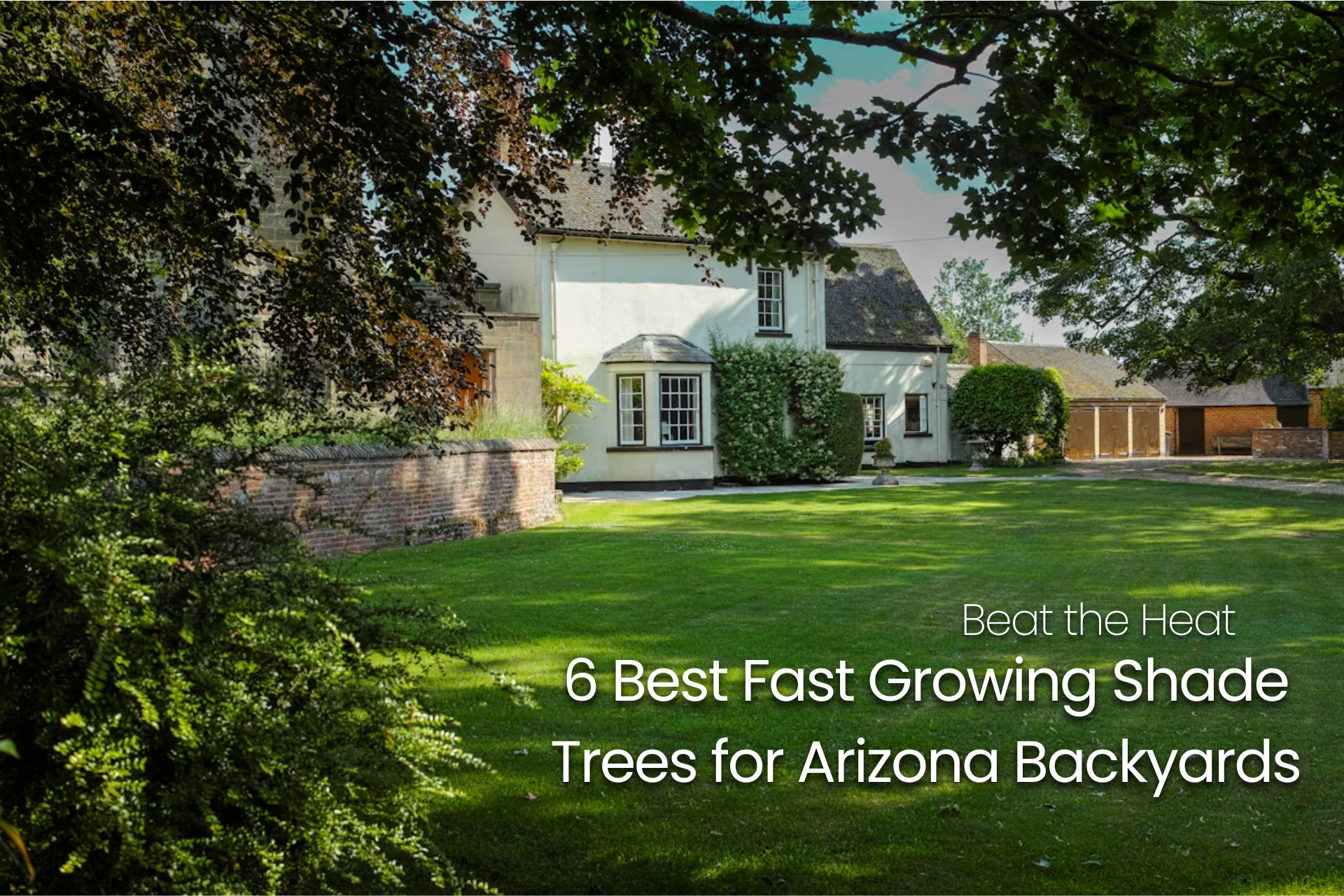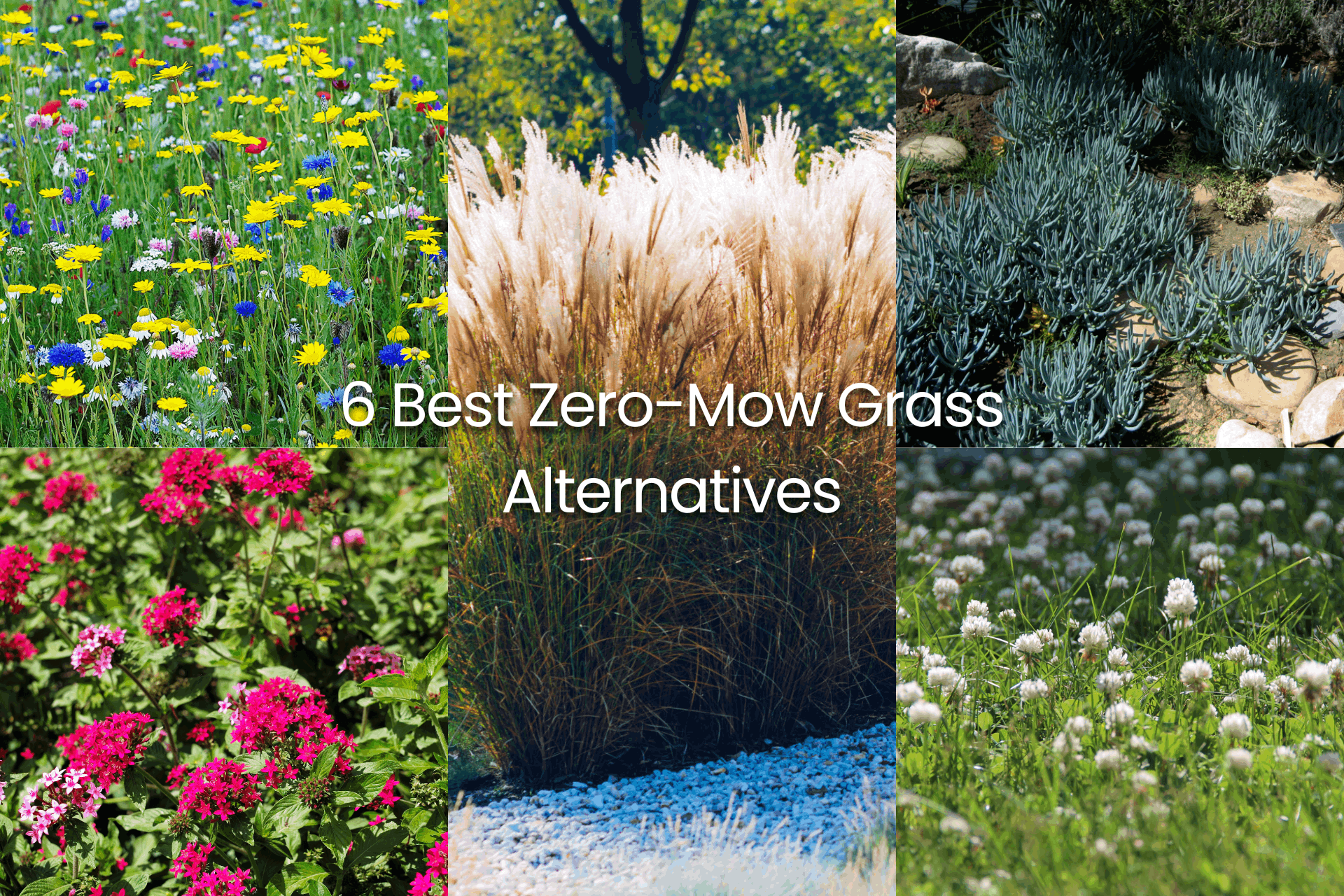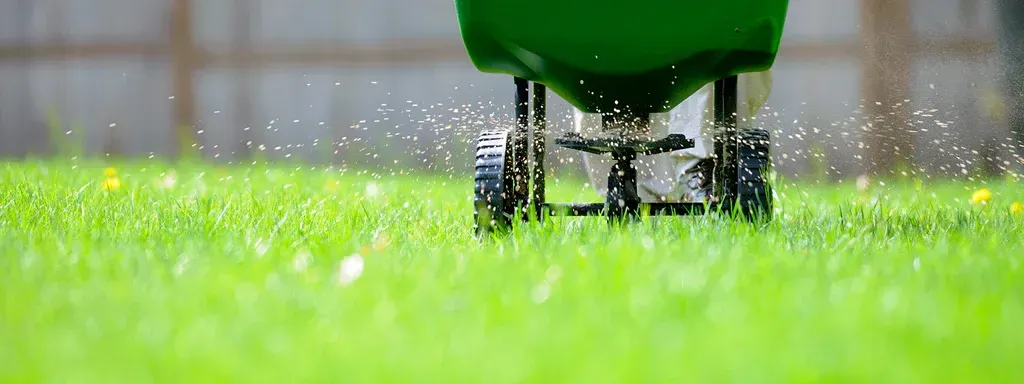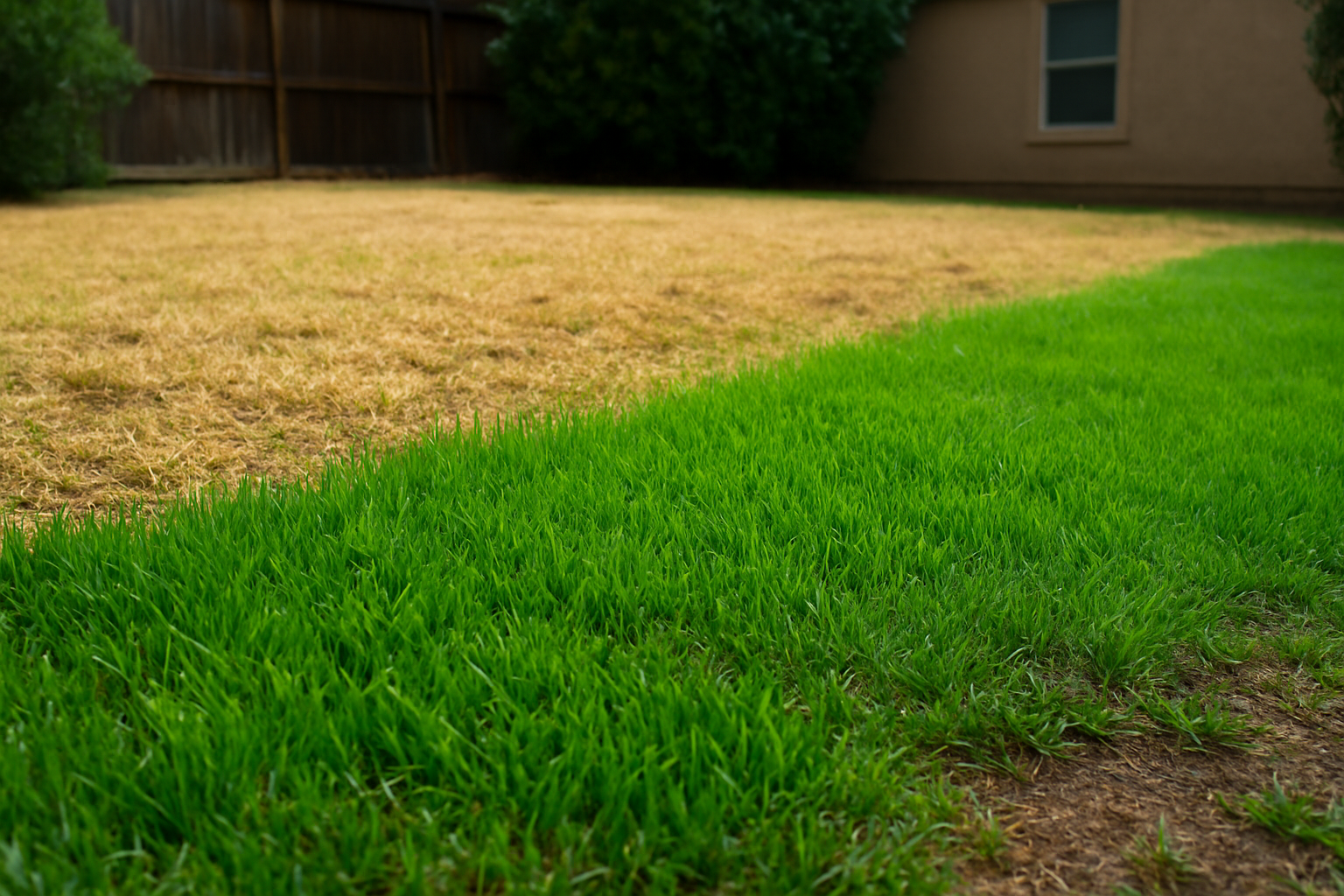
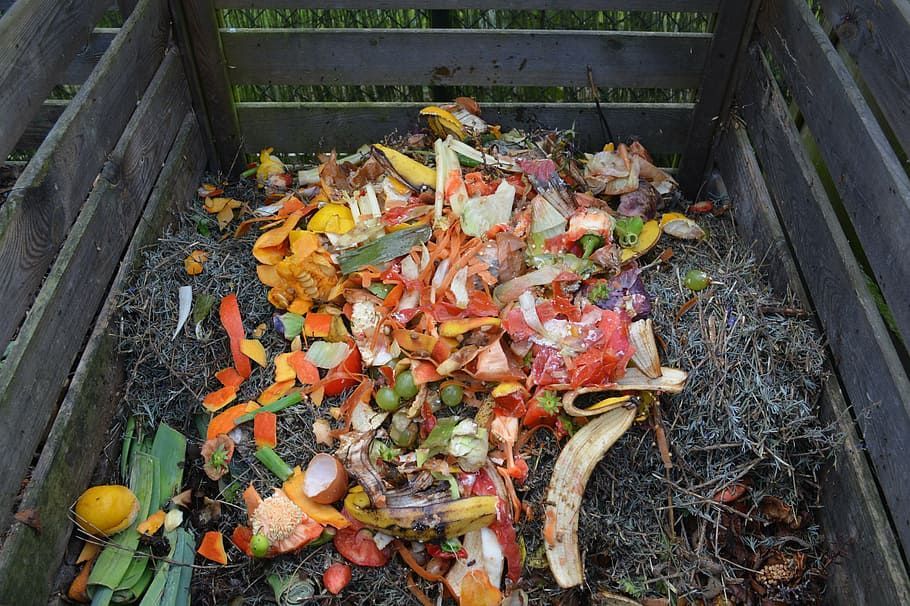
Add Organic Amendments to Boost Soil Health
Buckeye’s desert soil can benefit from added organic matter, especially after the hot summer months. Top-dressing your lawn with a thin layer of compost or organic soil conditioner revitalizes the soil, providing nutrients and improving its structure. These organic additions help retain moisture and support healthy root growth, giving your lawn a boost for winter.
Fall Lawn Care Essentials for Phoenix, Arizona: Get Your Lawn Ready for Cooler Months
In Buckeye, Arizona, fall is the perfect time to give your lawn the care it needs to stay healthy and green as winter approaches. With the right seasonal adjustments, you can ensure your lawn thrives through the cooler months and bounces back lush in the spring. Here’s a Buckeye-specific guide to preparing your lawn for the upcoming season.
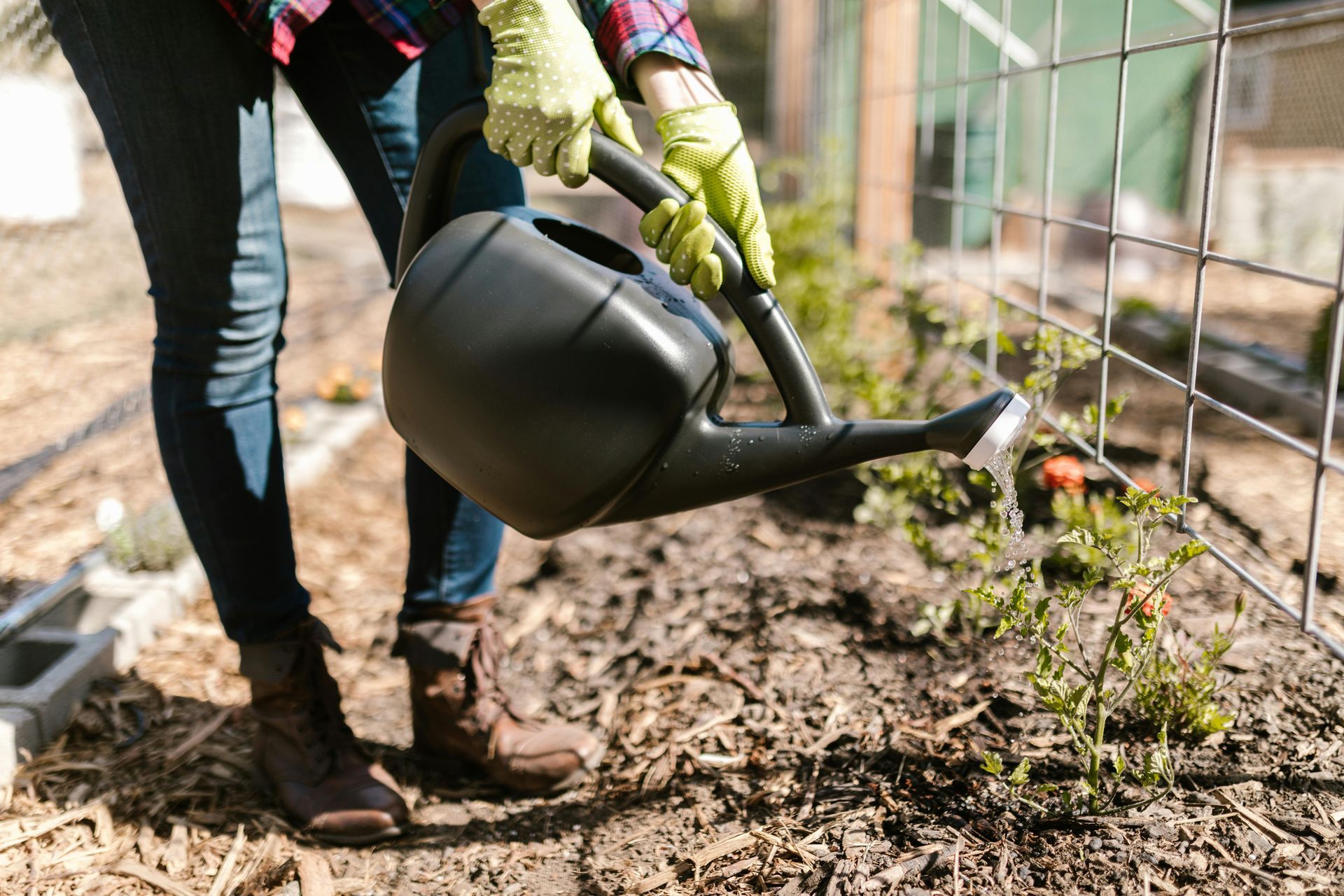
Switch to a Deep but Less Frequent Watering Schedule
Fall temperatures in Buckeye are cooler, but your lawn still needs moisture as the soil dries out in the desert air. Switch to a deep watering schedule, providing a thorough soak about once every 10 days. Deep watering encourages roots to grow deeper, making your lawn more drought-resistant. As winter sets in, adjust to an even less frequent schedule, maintaining moisture without overdoing it.
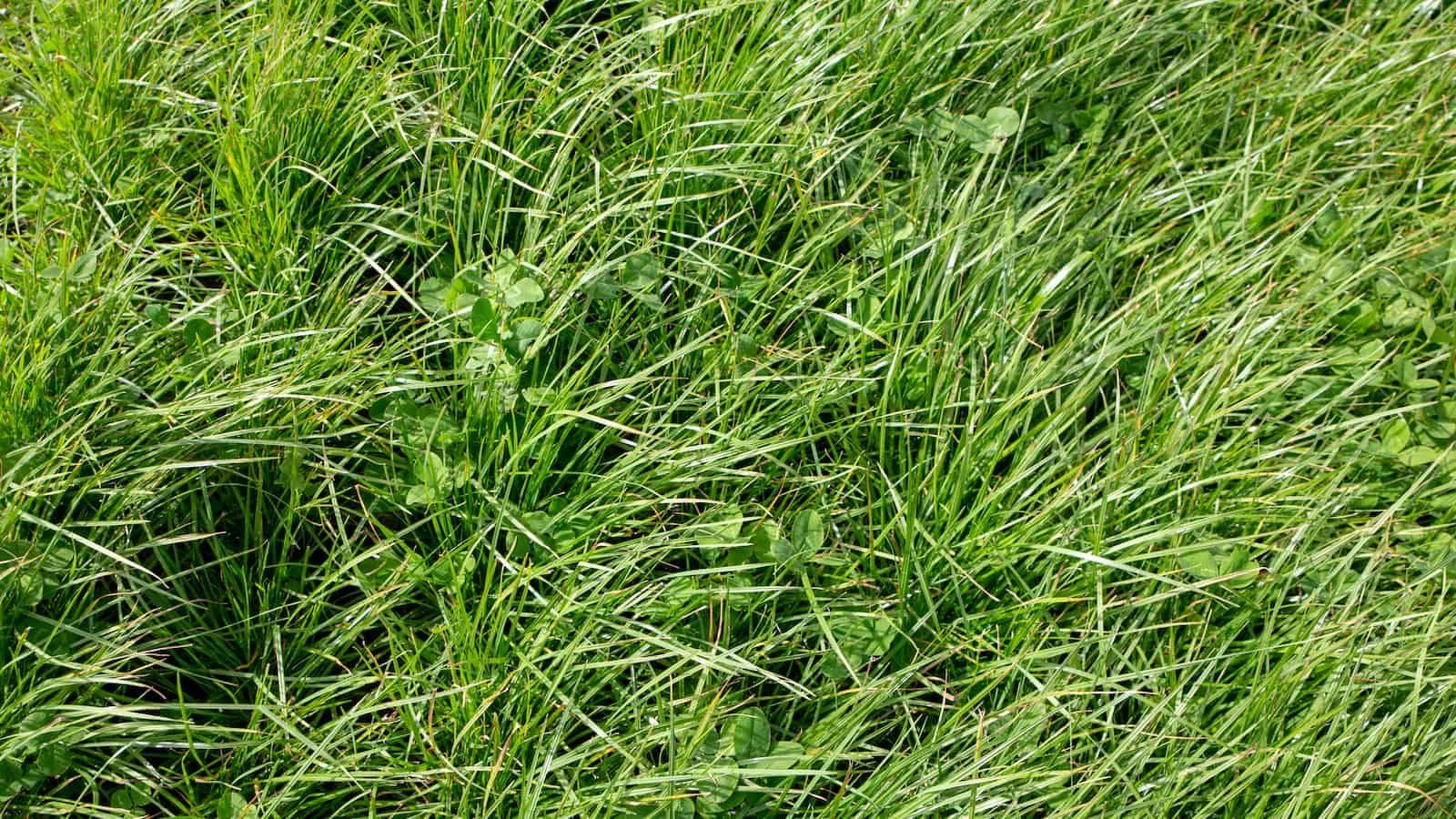
Choose Hardy Ryegrass for Winter Overseeding
Overseeding with hardy ryegrass varieties in the fall keeps your Buckeye lawn green throughout the winter. Ryegrass thrives in cooler temperatures, so overseeding now will establish a lush, cool-season lawn. Prepare by mowing your existing grass lower and aerating to allow better seed-to-soil contact. Water lightly for the first couple of weeks to support seed germination.
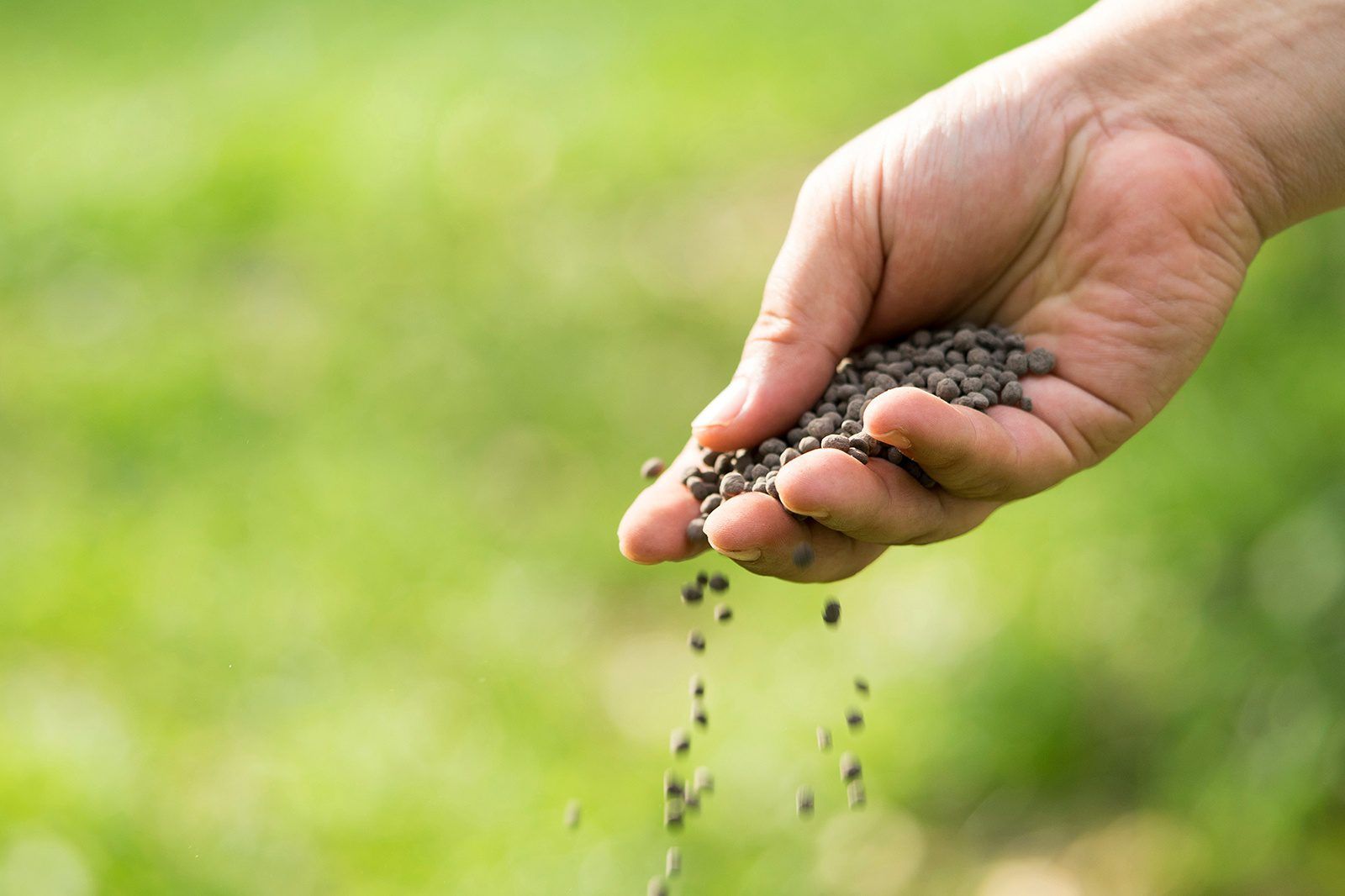
Fertilize with Potassium for Winter Resilience
Adding a potassium-rich fertilizer in fall is especially beneficial for lawns in
Buckeye’s climate. Potassium strengthens your lawn’s resilience to temperature fluctuations, helping grass survive winter’s cooler nights and drier air. Avoid nitrogen-heavy fertilizers at this time, as they encourage top growth instead of strengthening roots. A balanced fall fertilizer supports overall lawn health until spring.
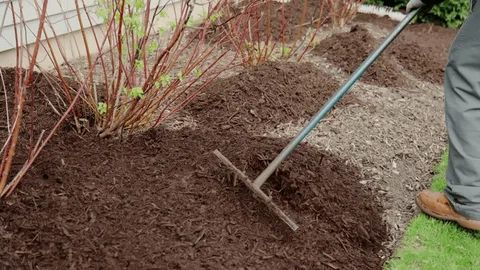
Protect Against Soil Erosion with Strategic Mulching
Fall winds in
Buckeye can sometimes lead to soil erosion, especially around the edges of your lawn and garden beds. Applying mulch around these areas helps anchor the soil and keeps roots protected from wind and temperature shifts. Mulching is especially useful in areas near garden beds, walkways, or fences, where soil might otherwise wash away during winter rains or windy conditions.
In Conclusion




